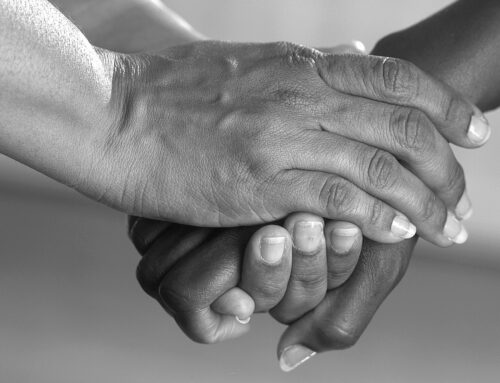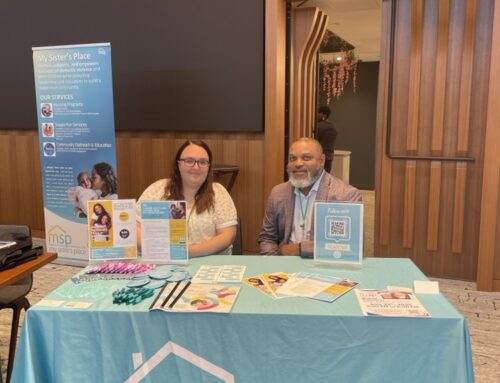A Closer Look at Teen Dating Violence
The rate of teen dating violence is often obscured by the prevalence of domestic violence (DV) in the adult population. It’s important to highlight this form of trauma in adolescents as the effects it can have on young people can be far reaching. The Office of Juvenile Justice and Delinquency Prevention reports that “rates of sexual and physical teen dating violence victimization range from 7 percent to 19 percent; about half of dating youths experience stalking or harassment, and rates of psychological dating violence may be as high as 65 percent.”
Here’s what you should know about teen dating violence, its effects, and strategies for prevention and recovery.
What Is Teen Dating Violence?
Teen dating violence — also known as adolescent dating violence — includes any form of violence or abuse in a dating relationship among teenagers. It’s not confined to physical aggression; it often involves emotional abuse like manipulation, threats, and controlling behavior, as well as sexual abuse, which can include non-consensual sexual activity and coercion. Examples of teen dating violence include:
Physical abuse: Hitting, slapping, or causing any bodily harm.
Emotional abuse: Verbal insults, threats, intimidation, or harassment, often through digital means like texting and social media.
Sexual abuse: Forced sexual activity or using pressure to engage in sexual acts.
Effects of Teen Dating Violence
Teen dating violence can result in physical injuries, behavioral problems, and mental health issues like depression, anxiety, and low self-esteem. Teens who experience dating violence are also at a higher risk for substance abuse, eating disorders, and risky sexual behavior. Furthermore, the trauma of experiencing such violence during formative years can lead to difficulties in future relationships and general life functioning.
Strategies for Prevention of and Recovery From Teen Dating Violence
Education and awareness: Teaching teens about healthy relationships and the signs of abuse is crucial. Schools and communities should provide resources and programs that promote understanding and awareness of teen dating violence.
Open communication: Encourage teens to talk about their relationships with trusted adults. Open communication can help identify abuse early and provide necessary support.
Support systems: Establishing strong support systems for teens — including friends, family, and counselors — is an important part of recovery.
Professional help: Therapy or counseling can be vital in helping teens process their experiences and start healing.
Addressing teen dating violence requires a multifaceted approach involving education, open dialogue, and accessible support. Here at My Sister’s Place, we play a critical role in providing resources, support, and advocacy for those affected by domestic violence, including teens.
My Sister’s Place (MSP) shelters, supports, and empowers survivors of domestic violence and their children while providing leadership and education to build a supportive community. We offer a full continuum of care, from emergency shelter through transitional-to-permanent housing. MSP also provides training, case consultation, and advocacy to engage communities to prevent violence and abuse. Donate today, sign up to volunteer, or email us about setting up a domestic violence training in your community. Help us break the cycle of domestic violence and create a safer, more compassionate world for future generations.




